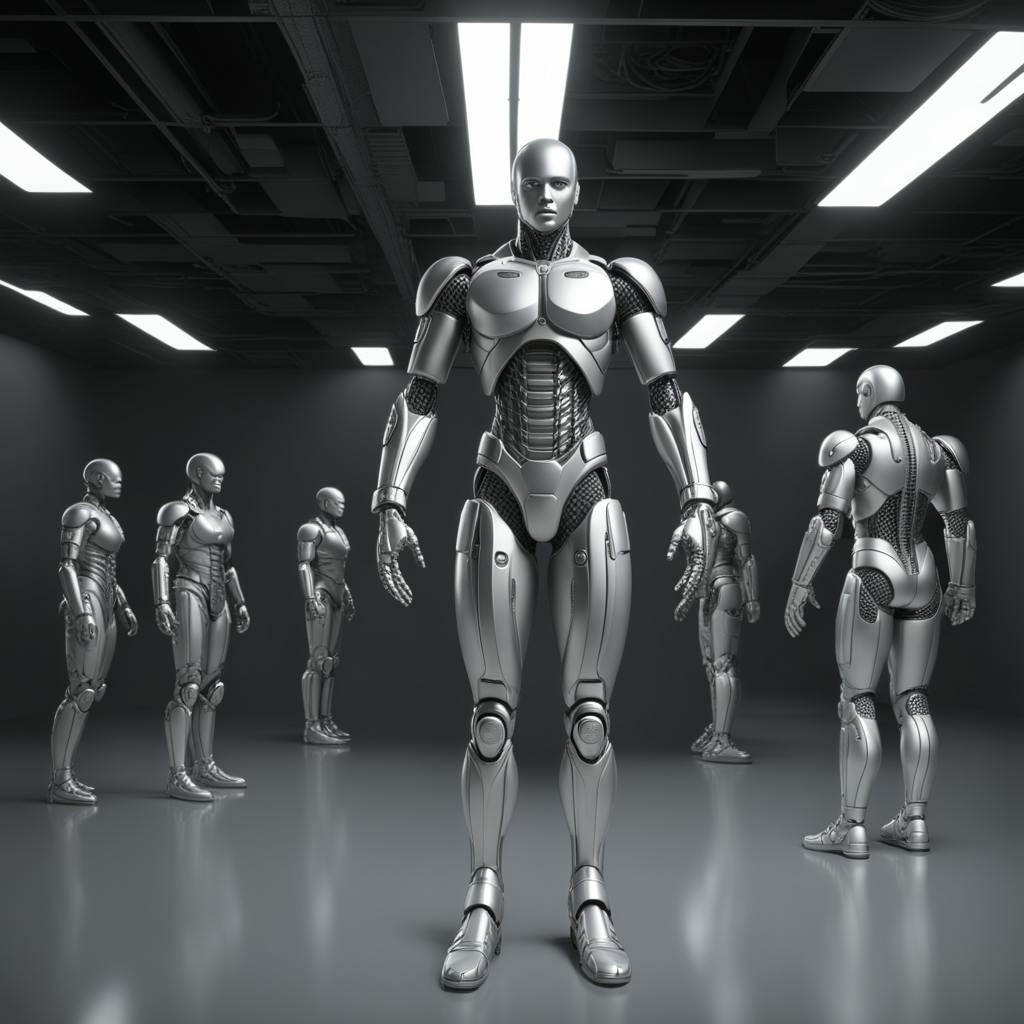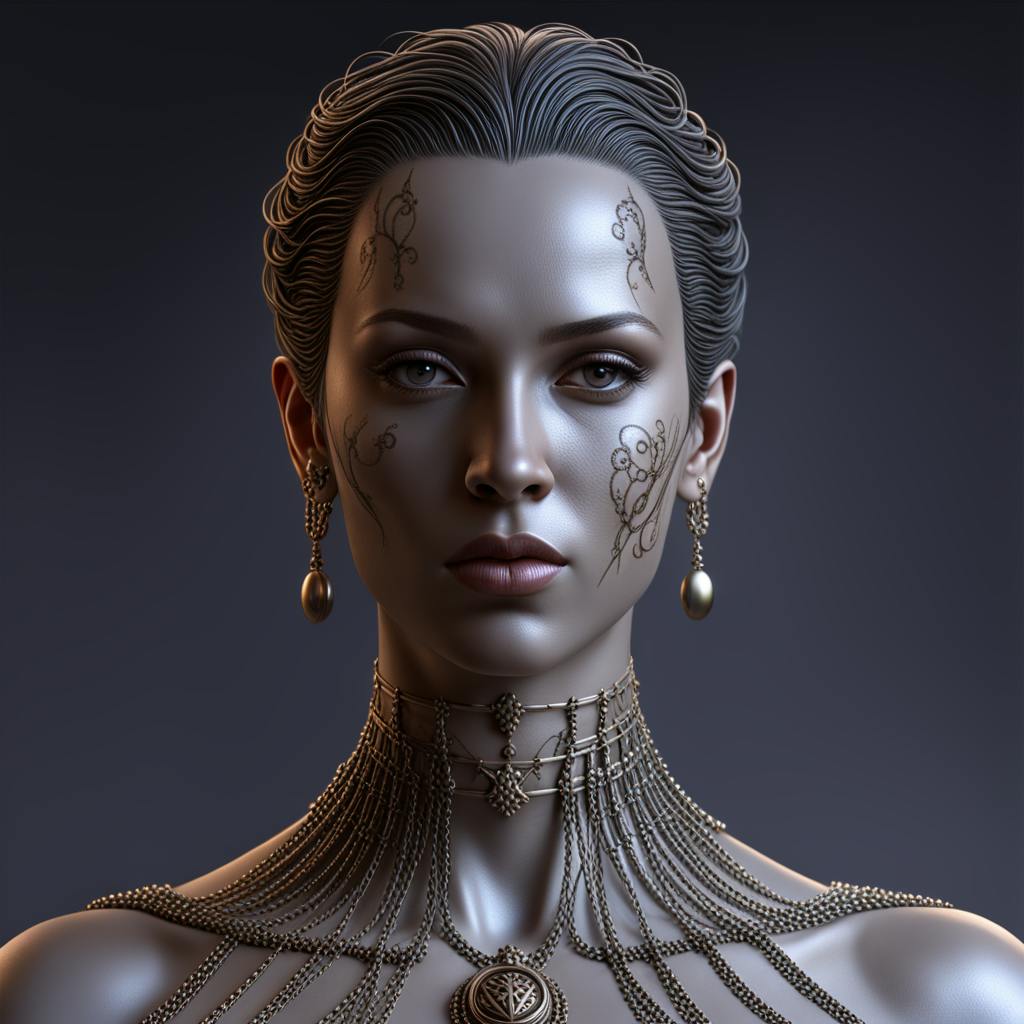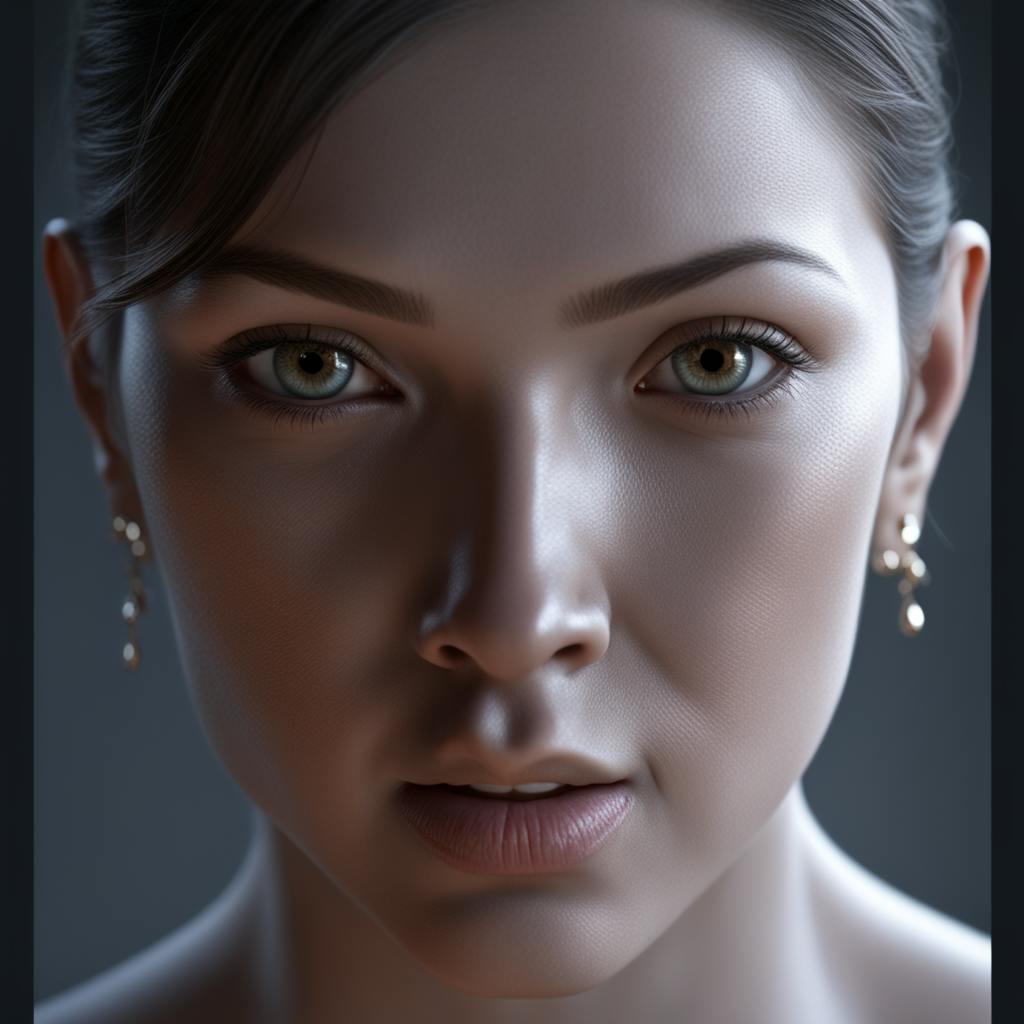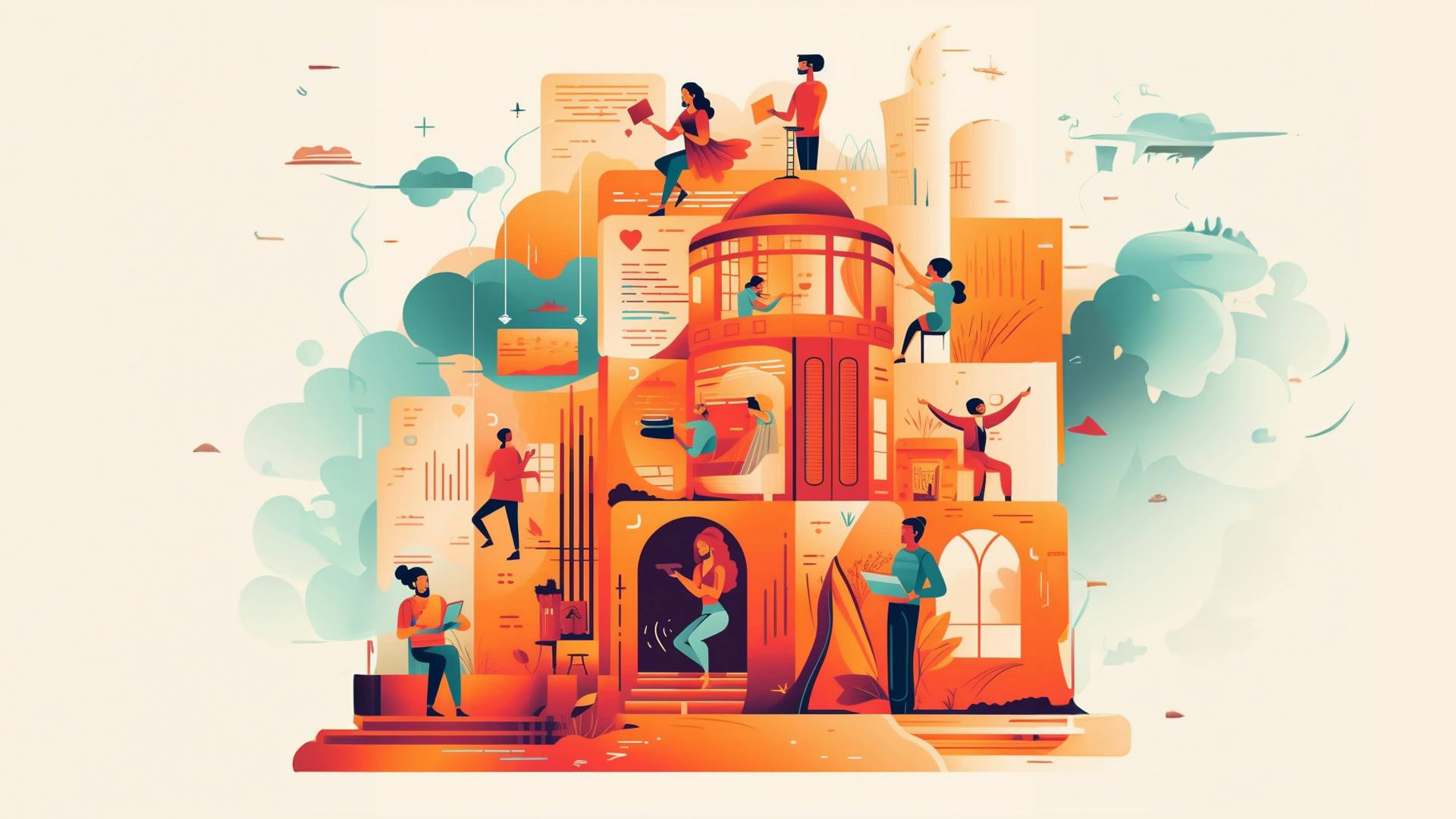In the ever-evolving landscape of creativity, the emergence of artificial intelligence (AI) art heralds a transformative era that is reshaping traditional perceptions of art. The debate of "AI art vs human art" is captivating enthusiasts, technologists, and creators alike, raising questions about creativity, originality, and the future of artistic expression. This article aims to dissect the intricacies of both AI-generated art and human-created art, providing an in-depth analysis of their distinct attributes and roles in the artistic realm.
AI Art VS Human Art
Creative Origins and Processes
The divergence between AI art and human art often begins at their very inception. Human art is the quintessence of personal expression, shaped by an individual's life experiences, emotions, and cultural background. It harnesses intuition, a spark of inspiration, and often carries a narrative thread. Conversely, AI art is a product of algorithms and computational power. Utilizing vast datasets and machine learning techniques, AI algorithms generate visual pieces that often mimic styles, compositions, or entirely new forms governed by the input data.
A frequently asked question is: Can AI truly be creative? AI creates based on learned patterns and existing data, which champions replication over genuine originality. However, the randomness and computational creativity embedded in AI can result in unexpected outcomes, challenging human artists to re-examine their creative boundaries.
Emotional Depth and Interpretation
One of the most compelling discussions in the "AI art vs human art" dialogue revolves around emotional depth. Human art is imbued with the artist’s emotions and intentions, resulting in works that can evoke profound emotional responses. Art critics often highlight that human art's beauty lies in its imperfections and emotional authenticity. AI art, while capable of striking aesthetic qualities, lacks inherent emotion. The emotional response it provokes is often a reflection of the viewer's interpretation rather than an intentional communication from the creator.
Originality and Authorship
The concept of originality in AI art poses significant questions. Human artists create unique works that reflect personal style and perspective, inherently tied to the notion of authorship. With AI, the authorship model is complex. Is the creator the programmer, the algorithm, or the company that owns the dataset? And when AI art heavily relies on pre-existing human artworks for training data, discussions about originality intersect with ethical considerations, such as copyright infringement and artistic appropriation.
Impact on the Artistic Landscape
AI art is not only altering the creation process but also expanding artistic accessibility. By democratizing art production, it allows individuals without formal artistic training to generate credible works. Moreover, it provides new tools for human artists, sparking collaboration where technology becomes a means to enhance human creativity rather than replace it. This technology-driven change challenges artists to evolve, adapt, and find symbiotic pathways where AI complements human processes.

AI made with Christophe Vacher
FAQ: AI Art vs. Human Art
In recent years, the intersection of art and artificial intelligence has sparked intense debate across both the art world and technological spheres. As both an Art Historian and AI Technology Analyst, I aim to address common questions on how AI art compares to human-created art.
How does AI art differ from human-created art?
Human-created art is typically characterized by personal expression, emotional nuance, and a unique narrative voice. Artists often draw on their own experiences, cultural backgrounds, and individual visions to create art. The process is deeply personal, with conscious decision-making and emotional engagement at each stage, from concept to execution.
AI art, on the other hand, is generated through algorithms that analyze vast amounts of data and imagery to create new pieces. It doesn’t originate from personal experience or emotion, but rather from patterns and structures it identifies in existing data. AI tools like GANs (Generative Adversarial Networks) produce art by learning from a database of images to generate new works that are stylistically similar. The creation process is less about individual expression and more about computational creativity—a result of programmed algorithms and models.
What impact does AI have on the field of art compared to human artists?
AI has introduced both challenges and opportunities to the field of art:
- Innovation and Exploration: AI has opened up new avenues for creative exploration, allowing artists to experiment with styles and techniques they might not typically engage in. By collaborating with AI, artists can push boundaries and explore hybrid forms of expression.
- Accessibility and Democratization: AI tools can lower barriers to entry for creating art. Even those without traditional training can experiment with art by using AI, potentially democratizing art creation.
- Economic and Ethical Concerns: The rise of AI art poses questions about authorship, originality, and value. Human artists often worry about decreased demand for their work, as AI can produce art more rapidly and at lower costs. Moreover, ethical concerns about AI art replicating existing works without proper credit or compensation for original artists are prevalent.

AI made with Christophe Vacher
Are there any significant stylistic differences between AI and human art?
Stylistic differences can often be discerned between AI-generated art and human-created art, though the line is becoming increasingly blurred:
- Complexity and Nuance: Human art typically exhibits a depth of emotional complexity and nuance that reflects the artist’s personal touch. AI art, while often sophisticated, may lack this depth of emotion, although advanced algorithms are improving in mimicking such subtlety.
- Patterns and Structure: AI art frequently highlights distinct patterns and structures, given its basis in data analysis. This can lead to art that appears highly ordered or recognizable as computer-generated.
- Originality: While AI can generate unique combinations of elements, it lacks the capability to create entirely original concepts without reliance on preexisting data. Human artists have the ability to innovate from a blank slate, unbounded by the constraints of pre-analyzed data.
How does the creativity of AI-generated art compare to that of human art?
Creativity in art typically involves original thinking, emotional expression, and the ability to convey messages or provoke thoughts. Human creativity is often spontaneous, driven by emotions, experiences, and a desire to communicate personal or social narratives. Human artists can integrate spontaneous elements and unexpected insights into their creations.
AI creativity is fundamentally different, driven by machine learning algorithms capable of generating new combinations of learned data patterns. While this can result in aesthetically pleasing or technically impressive works, AI’s form of creativity is more about "pattern creativity" rather than an intuitive or intrinsic creative spark. AI lacks personal agency or emotive impetus, and thus its creations may lack the depth and context offered by human artists.
In conclusion, while AI art presents exciting possibilities, it primarily serves as a tool or collaborator for artists rather than a replacement. The human touch—seen in the deeply personal, unpredictable, and emotive nature of traditional art—remains a critical component of artistic creativity that AI presently cannot replicate. As technology advances, the dialogue between AI and human art will likely continue to evolve, fostering new forms of expression and expanding the boundaries of what art can be.

